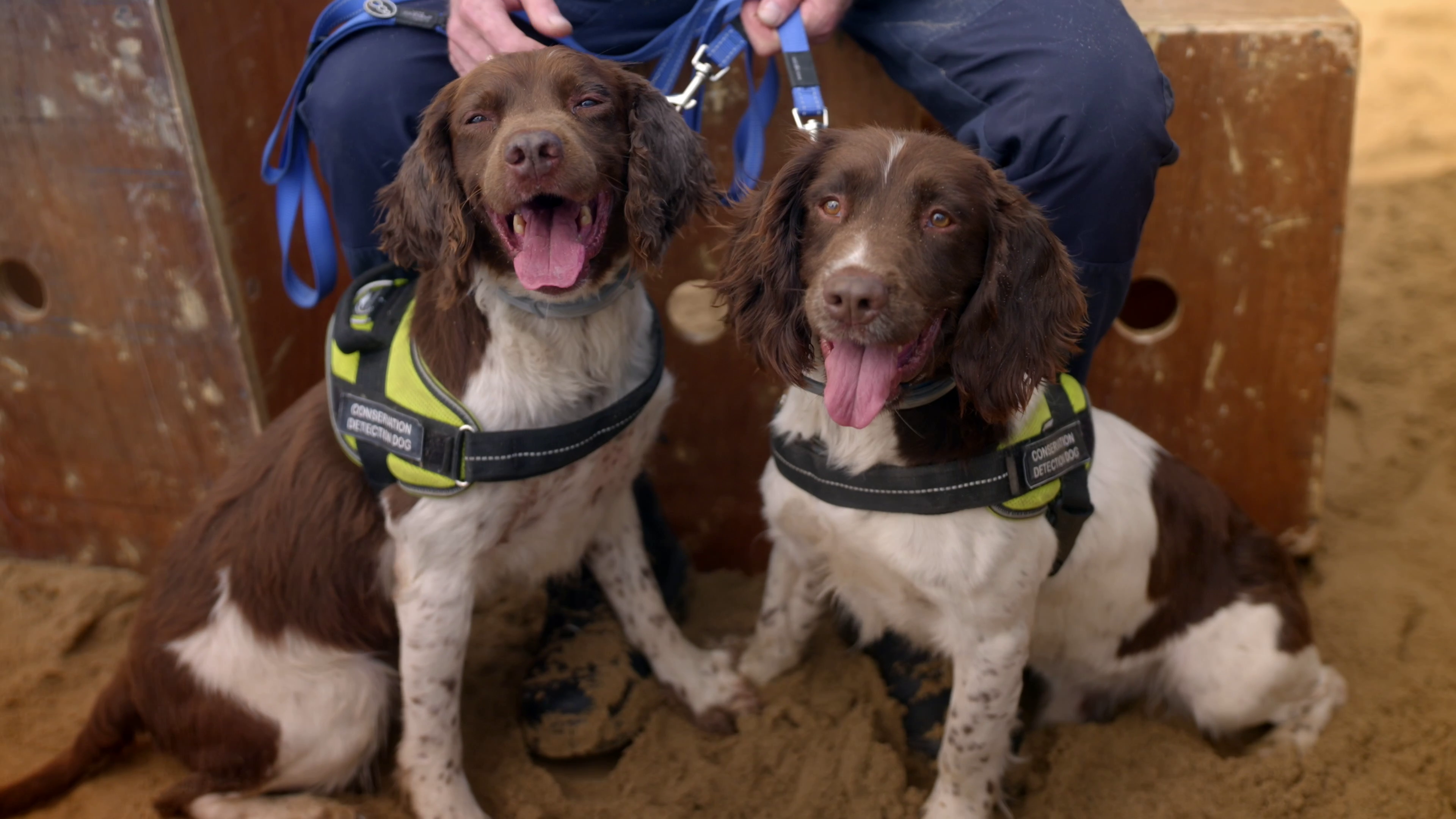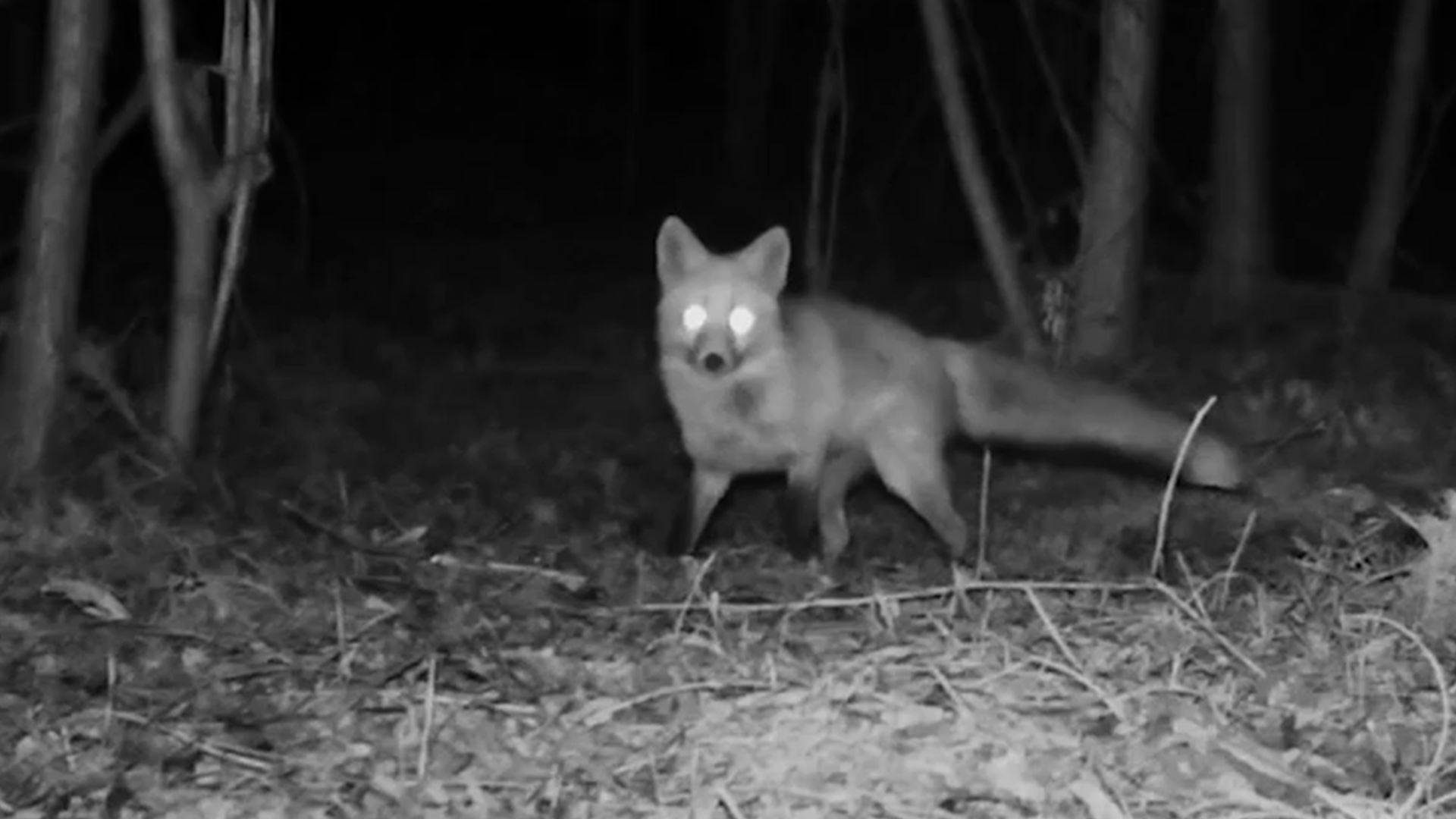A top threat to healthy, biodiverse ecosystems is the introduction of invasive species.
Life forms indigenous to a region – known as native species – have over time reached an equilibrium in their predator-prey and other interactions, resulting in a balanced ecosystem. Invasive species upset this balance. These include invasive pests like the spotted lanternfly and red fire ant that expand into territories where they don’t have natural predators. Meanwhile, invasive predators, like foxes or stoats on many small islands, prey on bird species that had never evolved defenses against ground predators. Invasive plants like kudzu and water hyacinth grow rapidly in new environments where they outcompete native plants for nutrients without suitable herbivores to keep their growth in check.
However, not all introduced species are invasive – that term is reserved for species that cause dire environmental or economic damage. Almost always, humans are responsible – knowingly or inadvertently – for transporting invasive species into their new habitats.
See more about efforts to stem the spread of invasive species:
Canine Conservation
Watch Canine Conservationists Now
Along Australia’s Woongara Coast, trained dogs are helping conservationists track down invasive foxes that have devastated sea turtle nesting sites. Across the country, these canine allies are being employed to do everything from protecting little penguins from predators, to detecting rare platypuses, to aiding Tasmanian devil breeding efforts.
Illustration of a beaver

